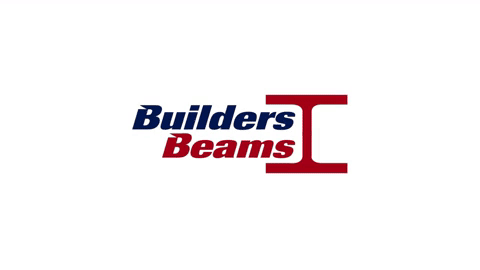To ensure optimal welding quality, it is essential to have a clear understanding of the varying levels of surface cleanliness. A Surface Readiness Scale helps in categorizing and visualizing these levels. Below is a detailed description of this scale, outlining the different stages of surface cleanliness and their implications for welding quality.
Level 1: Rust-Covered
- Appearance: The surface is heavily coated with rust, leading to a rough and uneven texture.
- Impact on Welding: At this level, welding quality is severely compromised. The rust can cause porosity, weak fusion, and potential for rapid corrosion.
- Recommended Action: Extensive surface preparation, including mechanical removal (grinding or blasting) and chemical treatment, is required.
Level 2: Minor Rust
- Appearance: Light rust or scale is present but does not cover the entire surface.
- Impact on Welding: While not as detrimental as heavy rust, minor rust can still affect weld integrity and should not be ignored.
- Recommended Action: Surface cleaning with wire brushes or mild abrasive tools, followed by a thorough inspection.
Level 3: Clean but Coated
- Appearance: The surface is free from rust but may have coatings like paint, oil, or grease.
- Impact on Welding: Coatings can create barriers or release harmful fumes during welding, affecting both quality and safety.
- Recommended Action: Degreasing and cleaning with appropriate solvents, followed by mechanical cleaning if necessary.
Level 4: Clean and Dry
- Appearance: The surface is free from visible dirt, oil, rust, and other contaminants.
- Impact on Welding: This is the ideal condition for welding, ensuring strong adhesion and fusion of the weld.
- Recommended Action: A final inspection to confirm readiness, focusing on any microscopic contaminants or imperfections.
Level 5: Prepared and Treated
- Appearance: The surface is not only clean but also treated with methods like phosphating for enhanced properties.
- Impact on Welding: Provides the best possible conditions for welding, enhancing durability and corrosion resistance.
- Recommended Action: Ensure that the treatment is uniform and intact before proceeding with welding.
For clarity, each level should be accompanied by photographic examples or illustrations. These visuals can serve as a quick reference for welders and inspectors, aiding in the assessment of surface conditions before the commencement of welding activities.
By adhering to this Surface Readiness Scale, welders and inspectors can ensure that the steel surfaces are adequately prepared, thereby maximizing the quality and safety of the welding process.
Categories
Archives
- April 2024 (5)
- March 2024 (2)
- February 2024 (1)
- January 2024 (3)
- December 2023 (2)
- November 2023 (1)
- September 2023 (4)
- August 2023 (3)
- July 2023 (1)
- June 2023 (7)
- May 2023 (2)
- April 2023 (14)
- March 2023 (15)
- February 2023 (7)
- January 2023 (6)
- December 2022 (5)
- November 2022 (1)
- October 2022 (4)
- September 2022 (3)
- August 2022 (1)
- July 2022 (2)
- June 2022 (2)
- April 2022 (4)
- March 2022 (1)
- February 2022 (1)
- December 2021 (3)
- March 2021 (2)
- October 2020 (1)
- September 2020 (1)
- July 2020 (1)
- June 2020 (1)
- May 2020 (2)
- April 2020 (2)
- March 2020 (3)
- February 2020 (2)
- January 2020 (1)
- December 2019 (2)
- November 2019 (1)
- October 2019 (1)
- September 2019 (3)
- August 2019 (1)
- July 2019 (4)
- June 2019 (4)
- May 2019 (1)
- April 2019 (4)
- March 2019 (2)
- February 2019 (4)
- January 2019 (4)
- December 2018 (4)
- November 2018 (4)
- October 2018 (5)
- September 2018 (6)



